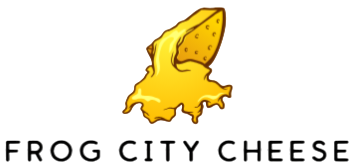In the world of modern printing technology, the flexographic printing machine stands as a testament to efficiency redefined. This versatile and innovative printing process has become a cornerstone of various industries, playing a pivotal role in everything from packaging and label production to newspapers and magazines. With its ability to produce high-quality prints at high speeds, while also being environmentally friendly, the flexographic printing machine is a vital tool for today’s businesses.
Unveiling the Flexographic Printing Machine:
Flexography, commonly known as flexo printing, is a modern printing method that utilizes flexible relief plates to transfer ink onto a wide range of substrates. This innovative approach allows for printing on materials like plastic, paper, cardboard, and even metallic films. The flexo printing machine is equipped with rotating print cylinders, anilox rollers, and ink trays that work in harmony to deliver consistent and precise prints. The key to its efficiency lies in the flexibility and adaptability it offers, making it a preferred choice across various industries.
Speed and Volume:
One of the most significant advantages of the flexographic printing machine is its remarkable speed and volume capabilities. These machines are designed for high-speed production, making them ideal for large print runs. In the world of packaging, for example, where vast quantities of labels and packaging materials are needed, flexo printing has become the go-to method. The flexographic press’s ability to produce thousands of meters of labels or packaging in a matter of hours, with minimal downtime, makes it an essential choice for industries that demand speed without compromising on quality.
Quality and Precision:
Efficiency is not just about speed it is also about the quality and precision of the final product. Flexographic printing machines excel in this regard. They are capable of producing sharp, vibrant, and consistent prints, making them suitable for applications that require fine details and color accuracy. The adaptability of these machines means that they can handle different types of inks and substrates, offering businesses the flexibility they need to produce a wide range of products, from simple labels to intricate packaging designs.
Eco-Friendly Printing:
In an era where sustainability and eco-friendliness are at the forefront of business practices, flexographic printing machines have taken a significant step towards reducing their environmental footprint. Water-based inks and solvent-free options have become common in the flexo printing industry. These inks not only produce high-quality prints but also reduce the emission of harmful volatile organic compounds VOCs, making flexography an environmentally responsible choice. Moreover, the reduced waste associated with flexographic printing adds to its eco-credentials. Unlike some other printing methods, flexography generates minimal setup waste and fewer spoiled prints, ensuring that resources are used efficiently. This eco-friendly aspect aligns perfectly with the sustainability goals of many businesses today.
Versatility and Innovation:
The flexibility of rotogravure printing machine extends to its adaptability to various industries. Whether it is for food packaging, labels, newspapers, or corrugated cardboard, the flexo printing machine can handle it all. It continues to evolve, with innovations like inline die-cutting and variable data printing, which further enhance its efficiency and applicability.
